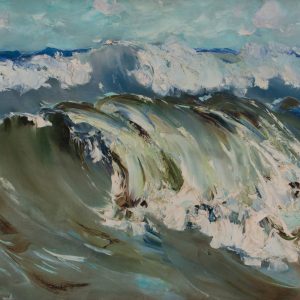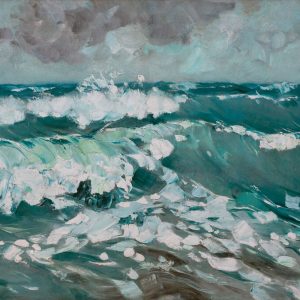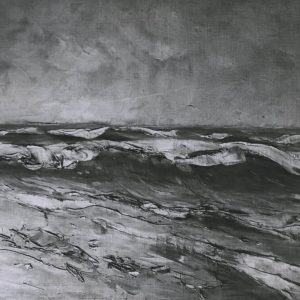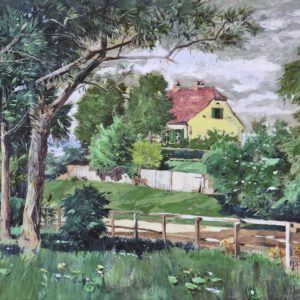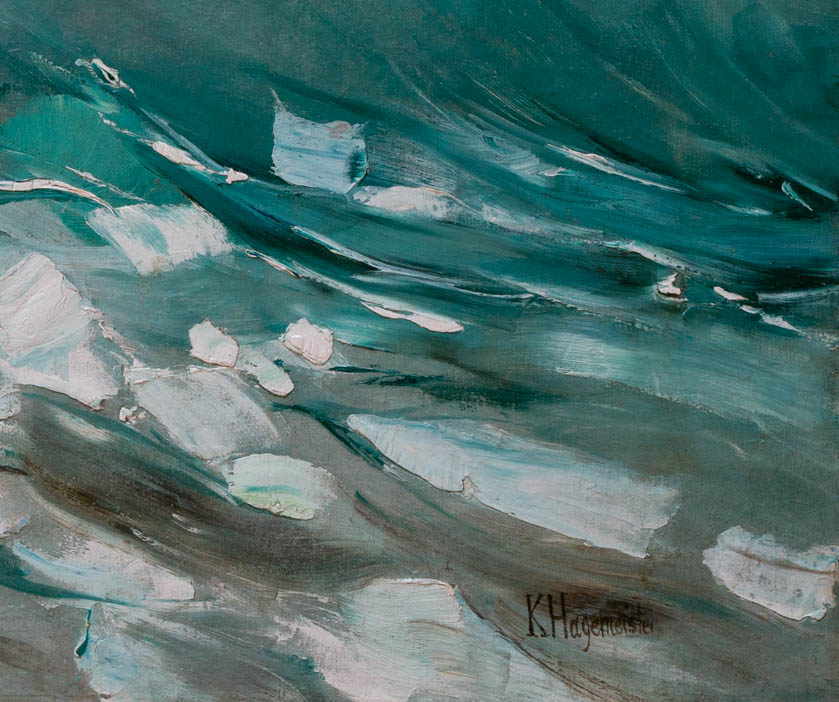
Karl Hagemeister
1848 Werder an der Havel – 1933 Werder an der Havel
Purchase: If you would like to offer us a work of art by Karl Hagemeister, please send us a photo to info@galerie-paffrath.deWe will advise you on the selling price and in the event of a successful sale we will charge a commission of 10 %, including all costs. Alternatively, we will purchase your artwork directly against immediate payment.
Short information about the artist
Karl Hagemeister is one of the most important landscape painters of the turn of the century in Germany. He was a founding member of the Berlin Secession, in which the progressive artists of the Reich capital organized themselves in 1898. In the history of art he is one of the most important German impressionists, alongside artists such as Max Liebermann, Lovis Corinth and Max Slevogt.
Kunstwerke im Angebot
Videos about the artist
More information about the artist
Karl Hagemeister is one of the most important landscape painters of the turn of the century in Germany. He was a founding member of the Berlin Secession, in which the progressive artists of the Reich capital organized themselves in 1898. In the history of art he is one of the most important German impressionists, alongside artists such as Max Liebermann, Lovis Corinth and Max Slevogt.
Study trips
Karl Hagemeister learned landscape painting in the tranquil idyll of Weimar. After completing his studies in 1873, the young painter set out on a journey. The first stations of his years of travel included study visits to Dresden and the Hintersee in the Berchtesgadener Land.
School of Barbizon and Carl Schuch
His Weimar teacher Friedrich Preller d. Ä. was it that Karl Hagemeister referred to the important Meyer collection of paintings in Dresden. It contained the most modern French landscape painting of the Barbizon school. It was pictures by artists such as Courbet, Diaz, Daubigny, Millet and Rousseau that made a big impression on Hagemeister. The artists worked unconventionally in the country, far removed from the academic hustle and bustle of the big city dwellers. They created in simple colours, mostly small sketchy works that were created outdoors in front of nature. They were intimate and atmospheric images of pure nature in its perfect beauty. The landscape itself became picture-worthy and the open-air painting of the Barbizon artists became groundbreaking for future generations.
Karl Hagemeister was influenced on the one hand by this progressive landscape painting in his work, on the other hand by meeting the painter Carl Schuch, who was staying at Hintersee around 1873. Both understood the “landscape” as harmony with nature, from which they had to draw. Years of working together promoted mutual artistic development and allowed them to stay in Kähnsdorf am Seddiner See in 1880.
Impressionism
Around 1885, Karl Hagemeister dealt with impressionistic concepts of conception and representation. He expanded his choice of motifs as well as his color palette, which became lighter and more delicate. After his impressive years of apprenticeship and traveling in Europe, which he spent with artists from the Leibl Circle, he returned to Werder in 1884, where he stayed until the end of his life. In the hermitage of his own choice, Karl Hagemeister sought to intensify his relationship with nature and condensed the impression and mood into pictures as the seasons changed. He found his favorite motifs in the island town of Werder, in the lake and forest landscape on the Havel and on the coast near Lohme on Rügen.
Berlin Secession
In 1898 Hagemeister was one of the founding members of the most modern artists’ association in Germany, the Berlin Secession. Founded as a countermovement to the official art policy of the German Empire, the art of the Berlin Secession pioneered the Impressionist style in Germany.
Seascapes
From 1907, Karl Hagemeister devoted himself primarily to depicting seascapes. He was particularly interested in the movement of nature, such as the play of the wind in bushes, grass and on the surface of water, so that the contours dissolved by light and movement became the hallmark of his painting.
Honors, exhibitions and collections
At the end of 1912, the landscape painter’s first major exhibition of works took place in Munich, which is also presented in Berlin and Hamburg. From this point on, Karl Hagemeister’s artistic breakthrough was achieved throughout Germany. In 1914 he was appointed “Royal Prussian Professor” and in 1923 on his 75th birthday a member of the Prussian Academy of the Arts.
Hagemeister’s works can be found in numerous German museums, including the Bröhan Museum in Berlin.
